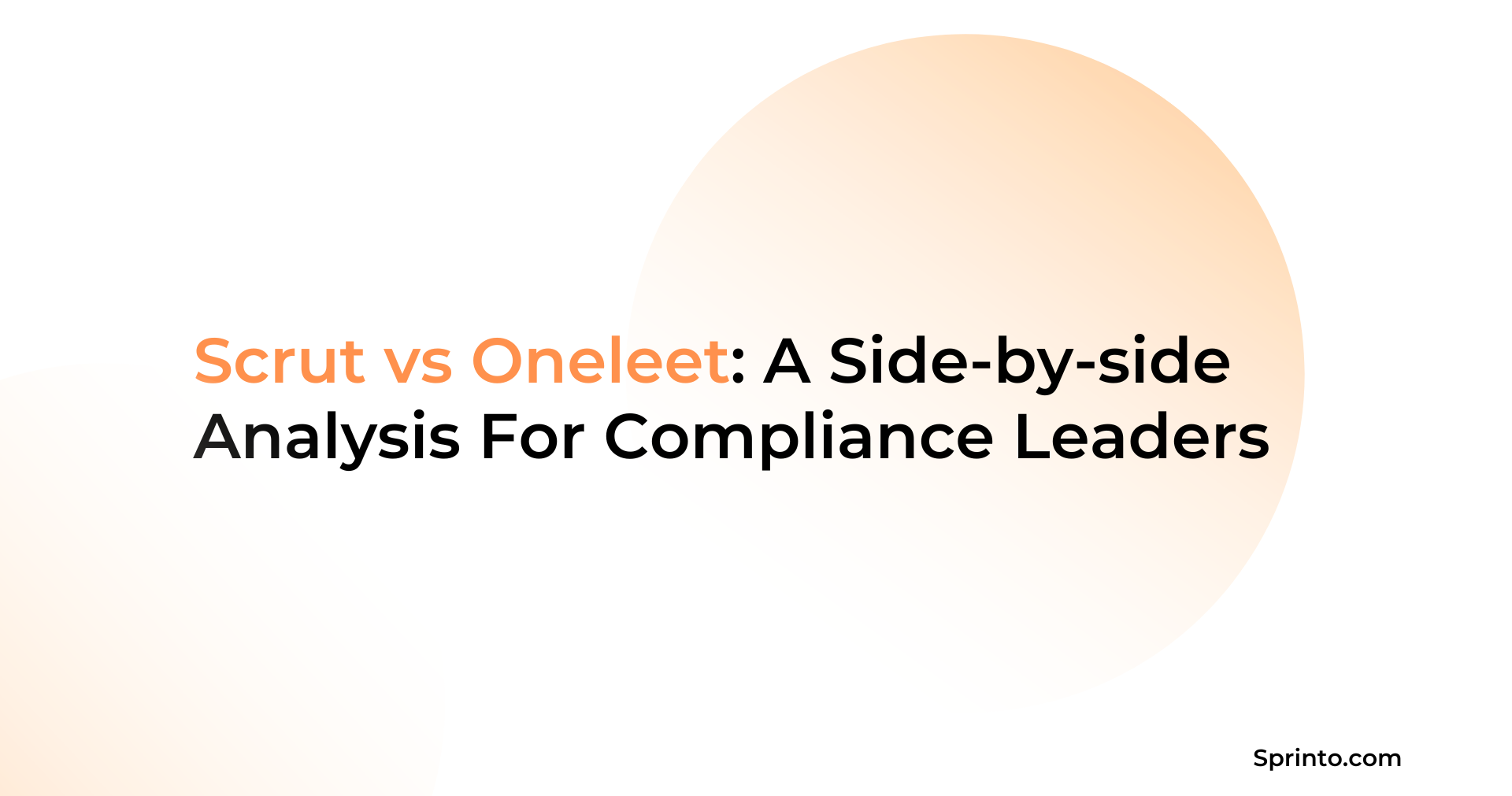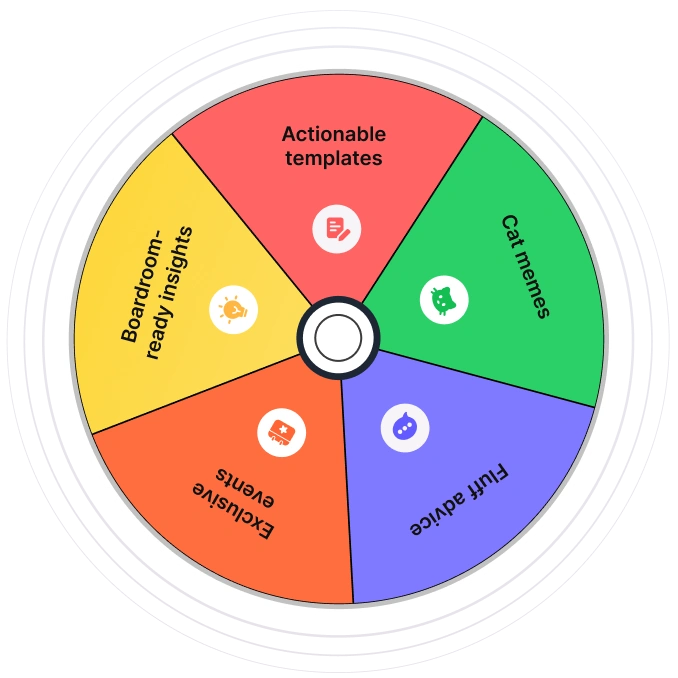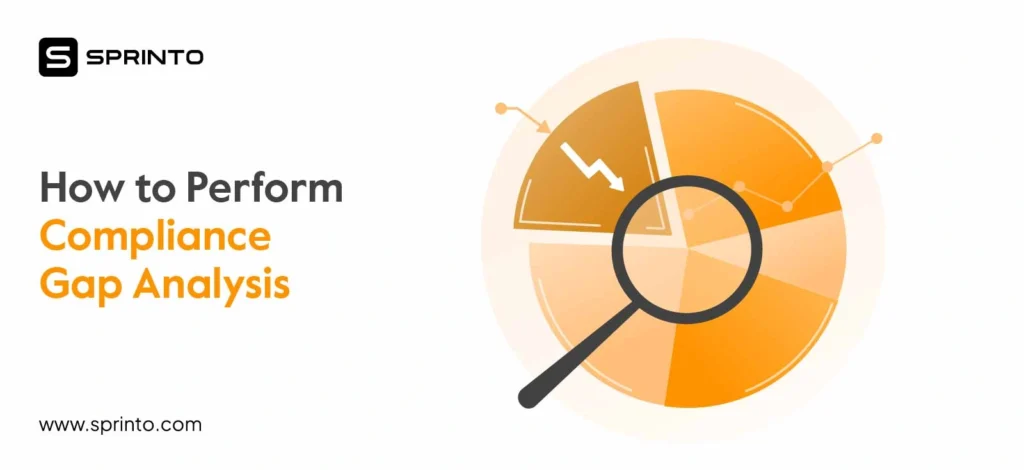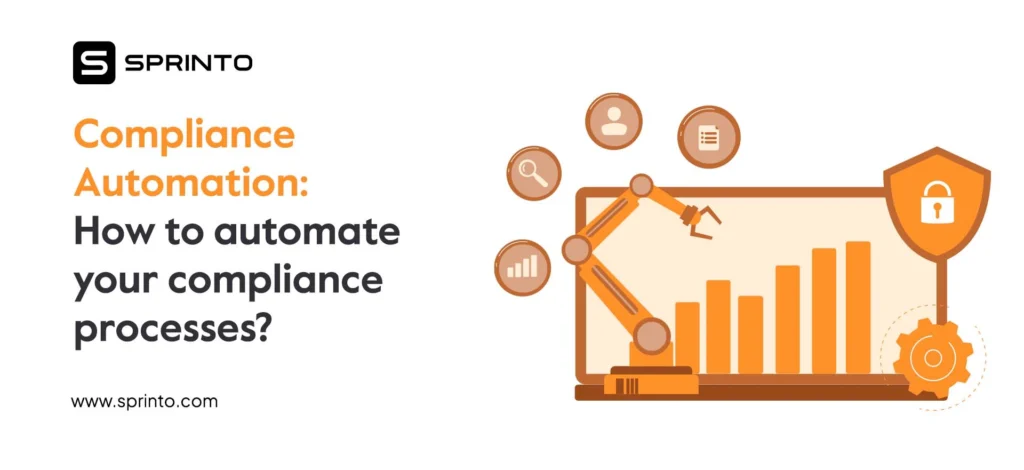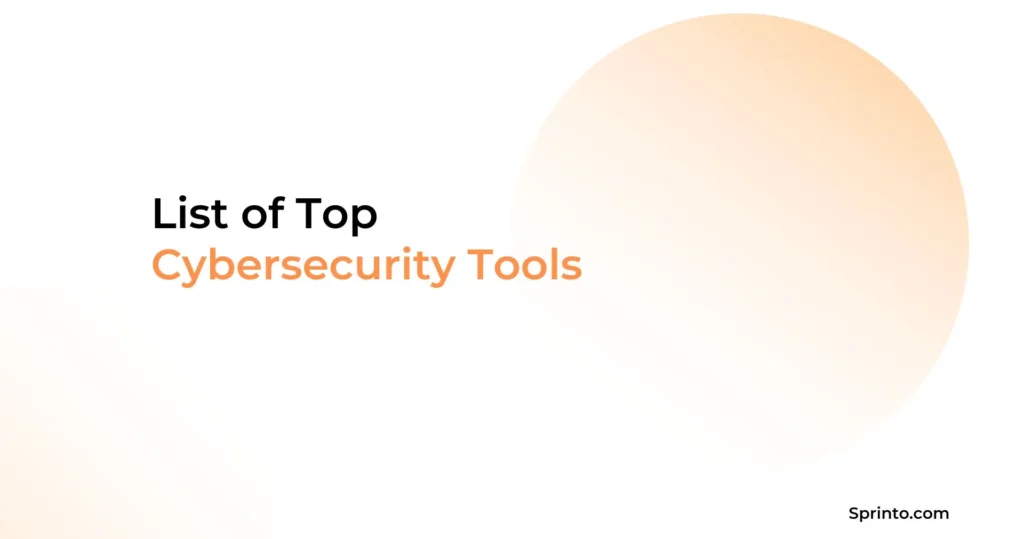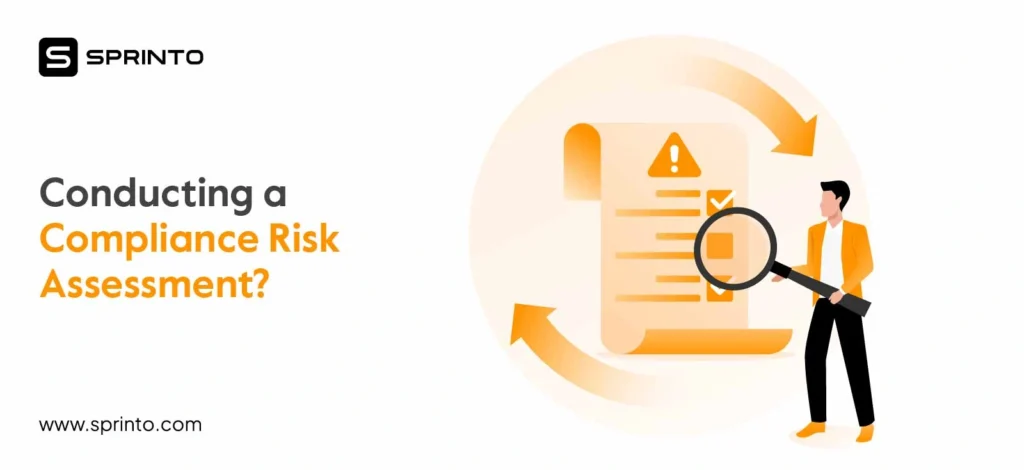Let’s face it. There are a multitude of compliance automation options in the market today. And if you’re faced with making a quick decision, there’s a lot to consider. Here, we’re exploring two such options that have caused a lot of debate—Scrut Automation and OneLeet.
Both tools are strong contenders in compliance automation, but choosing one for your team’s needs? That’s a whole other debate. In this blog, we compare Scrut’s risk-centric approach against OneLeet’s streamlined audit readiness. Read on to learn how their features compare, decode their pros and cons, and understand the best use cases for each.
TL;DR
| Scrut is best suited for teams that need broad framework coverage (50+), extensive integrations (80+), and structured workflows for risk-based compliance, but it may require more manual effort than expected. |
| Oneleet appeals to startups and SMBs seeking an all-in-one compliance and security solution with bundled services like penetration testing, vulnerability scanning, and vCISO support, though it has fewer integrations (20+) and higher pricing. |
| Scrut’s pricing is typically mid-to-premium based on scope, while Oneleet follows a subscription model that some customers find expensive compared to other options. |
Overview of tools
Scrut is built for companies of all sizes, from early-stage startups to large enterprises, that want a centralized, automated approach to security compliance. It supports frameworks like SOC 2, ISO 27001, HIPAA, and GDPR, with features for evidence collection, control mapping, risk management, and vendor due diligence.
Scrut’s pricing is custom-quoted based on the number of frameworks, users, and integrations needed. While exact numbers aren’t publicly listed, customer feedback and market benchmarks suggest it falls in the mid-to-premium range compared to other compliance platforms.
Oneleet is built for startups and small- to medium-sized businesses that want compliance automation bundled with active cybersecurity services such as vulnerability scanning, penetration testing, and security awareness training. It is a good fit for teams without dedicated security staff.
Oneleet uses a subscription-based pricing model tailored to the services included. Some customer reviews on G2 note that the platform can be expensive as compared to other players in the market.
Scrut Vs Oneleet: Feature comparison
To help you decide between Scrut and Oneleet, we’ve compared their core capabilities. This side-by-side view covers everything from framework coverage and automation depth to onboarding and audit support.
Framework support
The frameworks a compliance automation tool supports can significantly impact how quickly you achieve certification and how easily you expand into new regulatory markets. A platform with broader coverage allows you to reuse existing controls for multiple standards, reducing duplicate work.
Scrut supports 50+ frameworks, including SOC 2, ISO 27001, HIPAA, GDPR, and PCI DSS. It has built-in control mapping across frameworks to make scaling smoother. Scrut is designed for both single-framework and multi-framework compliance programs.
Oneleet supports a broad and growing list of frameworks, including SOC 2 (Type 1 & 2), ISO 27001, HIPAA, PCI DSS, GDPR, CIS IG1, NIST 800-171, and EU DORA. It also offers support for custom frameworks and enables cross-framework mapping to simplify multiple audit engagements. However, a precise count is not published directly on their platform.
Verdict: Scrut offers broader, out-of-the-box coverage that is better for companies expecting evolving or overlapping compliance needs. Oneleet fits teams focused mainly on SOC 2, ISO 27001, or GDPR because it overemphasizes these.
Automation depth
The level of automation in a compliance platform determines how much manual work your team will have to take on to stay audit-ready. Greater automation reduces the burden on internal teams and helps maintain compliance momentum year-round.
Scrut provides automation for evidence collection, control mapping, and compliance workflows. However, user feedback suggests that a significant portion of work, such as uploading evidence and managing specific controls may still need to be done manually.
This can make the platform feel more like a structured project management tool than a fully hands-off automation solution.
Oneleet offers basic automation, such as for evidence collection or real-time system scans. It simplifies standard compliance tasks but operates on a more rule-based model rather than dynamically adapting to your environment, which can limit flexibility in complex or fast-changing setups.
Verdict: Scrut’s automation can help with core compliance workflows, but may require more manual intervention than some teams expect. Oneleet’s automation is straightforward and easy to understand, but its rule-based nature makes it less adaptable for organizations with complex compliance environments.
Integrations
Integration breadth determines how easily a compliance platform can connect with your existing tech stack to automatically pull evidence, monitor controls, and reduce manual work.
Scrut supports 80+ integrations across cloud providers, SaaS tools, HR platforms, and developer systems. This range enables it to cover most core compliance data sources, reducing the need for manual uploads or custom connectors.
Oneleet supports 20+ integrations, covering the most common cloud and business applications. While sufficient for basic compliance automation, organizations with diverse or specialized systems may need to rely more on manual processes or custom workarounds.
Verdict: Scrut offers significantly broader integration coverage, which can translate into faster setup and deeper automation. Oneleet’s smaller integration library may work for leaner setups, but could slow things down for complex environments.
Risk management
Strong risk management capabilities allow compliance teams to identify, assess, and prioritize security risks, then tie remediation directly to compliance requirements. A well-structured risk module can help focus resources where they matter most.
Scrut offers a centralized risk register with structured risk scoring and prioritization. Teams can assess risks based on likelihood and impact, customize risk assessment frameworks, and link risks directly to controls and remediation tasks.
Oneleet includes helpful security measures, such as code scanning, attack surface discovery, and bundled penetration tests, to help uncover vulnerabilities early. However, it does not offer a structured risk register or dynamic risk scoring, which limits its ability to serve as a complete risk management solution.
Verdict: Scrut provides a more formalized risk management framework with scoring, prioritization, and control mapping. Oneleet’s approach surfaces vulnerabilities quickly but lacks the structured governance needed for long-term risk tracking.
Continuous monitoring
Continuous monitoring ensures that compliance isn’t just a point-in-time achievement but a maintained state. Platforms that can track controls in real time and alert teams to drift help prevent last-minute surprises during audits.
Scrut provides 24/7 monitoring of both automated and manual controls, with alerts for compliance drift and integration across supported frameworks.
Oneleet offers real-time system scans as part of its automation capabilities, primarily focused on identifying security vulnerabilities and configuration issues.
Verdict: Scrut delivers broader continuous monitoring across compliance controls, while Oneleet’s real-time scans are stronger on the security side but less comprehensive for multi-framework compliance upkeep.
Evidence collection
Efficient evidence collection is key to reducing audit preparation time and ensuring that all artifacts are accurate, complete, and audit-ready. Platforms with automation here can save weeks of manual work.
Scrut automates evidence gathering in auditor-approved formats and stores it in a centralized dashboard designed for audit use. Evidence can be linked directly to relevant controls, and teams can share access with auditors to minimize back-and-forth during reviews.
Oneleet offers automated evidence collection for standard compliance checks, along with evidence generated from its security scans and penetration tests. However, this works only where integrations exist and unsupported systems still rely on manual uploads.
Verdict: Scrut’s auditor-focused evidence workflows streamline audit preparation for multiple frameworks. Oneleet’s evidence collection works well when integrations are available, but may require manual supplementation for broader coverage.
Onboarding
Effective onboarding sets the tone for how quickly and smoothly a team can start using a compliance platform. A guided, structured onboarding can shorten time-to-value and ensure that controls are implemented correctly from the start.
Scrut offers a standardized onboarding process with platform walkthroughs, product demos, and documentation. While it provides resources to get started, user feedback suggests the experience can feel one-size-fits-all and may require teams to figure out significant portions on their own.
Oneleet begins its onboarding process with a scoping call to understand the environment. It uses that information to design a tailored security program and provides self-serve resources, including playbooks, templates, and documentation, to guide implementation.
Verdict: Both Scrut and Oneleet combine initial guidance with self-serve resources. Scrut’s process is standardized, while Oneleet starts with a tailored plan before transitioning to a largely self-directed setup.
Audit support
Strong audit support can make the difference between a smooth certification process and a stressful, drawn-out experience. Platforms that provide pre-audit guidance, organized workflows, and direct auditor interaction can significantly reduce the workload on internal teams.
Scrut’s audit center provides a real-time view of audit progress and enables you to manage multiple audits from one place. It has built-in task tracking that helps teams see what’s pending and who’s responsible, reducing delays during the audit phase.
Oneleet helps manage the audit process by working with third-party auditors to make audits smoother and reduce delays. Most communication happens over Slack for quick responses, so issues can be resolved fast during the audit.
Verdict: Scrut supports a structured audit execution with progress tracking and centralized task management, while Oneleet focuses on hands-on coordination and constant communication to keep the process moving efficiently.
| Feature | Scrut | Oneleet |
| Framework support | 50+ frameworks | Broad list including SOC 2, ISO 27001, HIPAA, PCI DSS, GDPR, plus custom frameworks. |
| Automation depth | Automates evidence, controls, workflows; some manual work needed. | Basic, rule-based automation for evidence and scans. |
| Integrations | 80+ integrations across cloud, SaaS, HR, dev tools. | 20+ integrations covering common systems. |
| Risk management | Centralized risk register with scoring and remediation links. | Security scans and pentests; no formal risk register. |
| Continuous monitoring | 24/7 monitoring of automated and manual controls. | Real-time scans for vulnerabilities and misconfigurations. |
| Evidence collection | Automated, auditor-ready evidence linked to controls. | Automated where integrated; manual for unsupported systems. |
| Onboarding | Standardized process with demos and documentation. | Scoping call + tailored plan, then self-serve resources. |
| Audit support | Audit Center with tracking, task management, and multi-audit view. | Direct auditor coordination via Slack for faster resolution. |
Pros and cons
Here’s a quick look at Scrut and Oneleet’s strengths and trade-offs to help you decide which platform best suits your needs.
Scrut
Pros
- Scrut’s clean and intuitive user interface makes it easy for teams to navigate and manage their compliance tasks.
- It provides responsive customer support to assist with questions during onboarding and audits.
- It offers detailed reporting capabilities that help teams track compliance progress and prepare for audits.
- It supports customized workflows, allowing organizations to tailor processes to fit their internal compliance operations.
Cons
- Users have reported occasional bugs in automation features such as filters or evidence uploads.
- Integration capabilities need enhancements to improve coverage, efficiency, and overall functionality,
- Some G2 users express that significant improvements are needed in compliance documentation and communication from the Scrut team.
Oneleet
Pros
- Oneleet offers a vCISO (virtual Chief Information Security Officer) service to provide ongoing strategic security guidance.
- The platform includes bundled services such as penetration tests and vulnerability scans, which reduces the need to manage multiple security vendors.
- The platform’s combined focus on security and compliance helps companies strengthen their security posture and close deals faster.
- The support team is quick and reliable, particularly over Slack, which is valuable during high-pressure audit periods.
Cons
- The platform has a smaller list of integrations, which can limit automation coverage and increase manual effort.
- Pricing is higher than some alternatives, which may be challenging for early-stage teams on tight budgets.
- Companies with complex or custom tech stacks may require additional support or workarounds to fully leverage the platform.
When to choose Scrut and Oneleet
Choose Scrut if:
- You need broad compliance coverage with support for over 50 frameworks, making it easier to expand into new standards without starting from scratch.
- You are a fast-growing company that requires detailed reporting and proper risk registers for risk-based compliance.
- You value customizable workflows that can align with your internal compliance processes.
- You are comfortable with self-serve resources and documentation for compliance support.
Choose Oneleet if:
- You want an all-in-one compliance and security solution with bundled penetration tests, vulnerability scans, and real-time system monitoring.
- You are a startup with less internal expertise and would benefit from a vCISO service for ongoing strategic security guidance.
- You want to cover multiple frameworks, including emerging standards like CIS IG1, NIST 800-171, and EU DORA, along with custom frameworks.
- You prefer to reduce vendor management by getting compliance and security services from a single provider.
Sprinto: The only scalable alternative to Scrut and Oneleet
Scrut’s automation still requires notable manual effort, and Oneleet’s smaller integration library limits coverage, making both harder to scale as compliance needs grow.
Sprinto closes that gap by pairing deep automation with expert-led onboarding and providing the flexibility to manage multiple frameworks in parallel without slowing down your operations. It’s designed for businesses that expect compliance to keep pace with their growth.
Why Sprinto stands out:
- 300+ integrations to connect cloud, SaaS, HR, and developer systems for complete visibility.
- 99% automation depth with responsive native integrations and a powerful Dev API.
- Expert-led, goal-oriented onboarding that gets you audit-ready faster.
- Customizable workflows to match your organization’s exact processes.
- Comprehensive framework coverage for 30+ standards, with cross-mapping to reuse controls.
- Best-in-class support, with over 60% of the team certified in cybersecurity and compliance.
Read how Happay boosted compliance efficiency and achieved SOC 2 Type 2 readiness in 5 weeks!
Want to get started? Speak to our compliance experts today.
Disclaimer: The information on this page is based on independent research conducted by our team and on insights gathered from publicly available, user-first review platforms such as G2. We have summarized feedback to highlight commonly mentioned strengths and areas for improvement. While we strive for accuracy and balance, user experiences may vary, and we encourage readers to review the original sources for the most up-to-date feedback. This article was last updated in September 2025.
FAQs
Both Scrut and Oneleet can help you achieve SOC 2 compliance. Scrut offers deeper automation for SOC 2 control mapping, evidence collection, and multi-framework scaling, which can be valuable if you plan to expand into other standards later. Oneleet combines SOC 2 compliance workflows with built-in security services like penetration testing, which can help strengthen your security posture alongside the compliance process.
Scrut provides broader compliance-focused automation, covering evidence collection, continuous monitoring, and control mapping across multiple frameworks. Oneleet offers basic automation for evidence collection and real-time scans but operates on a more rule-based model that is less adaptive for complex compliance environments.
Scrut supports over 80 integrations, covering major cloud platforms, SaaS tools, and HR systems. Oneleet supports just over 20 integrations, focusing on the most common cloud and business applications.
Scrut does not list a free trial publicly but offers product demos and consultations. Oneleet’s trial availability depends on the service package and is typically discussed during the sales process.
Sprinto combines Scrut’s broad framework coverage with Oneleet’s emphasis on hands-on support, while going further with 300+ integrations and 99% automation depth. It offers expert-led, goal-oriented onboarding, efficient workflows that handle most compliance tasks independently, and best-in-class support to help companies scale compliance programs quickly and with minimal manual effort.
Payal Wadhwa
Payal is your friendly neighborhood compliance whiz who is also ISC2 certified! She turns perplexing compliance lingo into actionable advice about keeping your digital business safe and savvy. When she isn’t saving virtual worlds, she’s penning down poetic musings or lighting up local open mics. Cyber savvy by day, poet by night!
Explore more
research & insights curated to help you earn a seat at the table.



